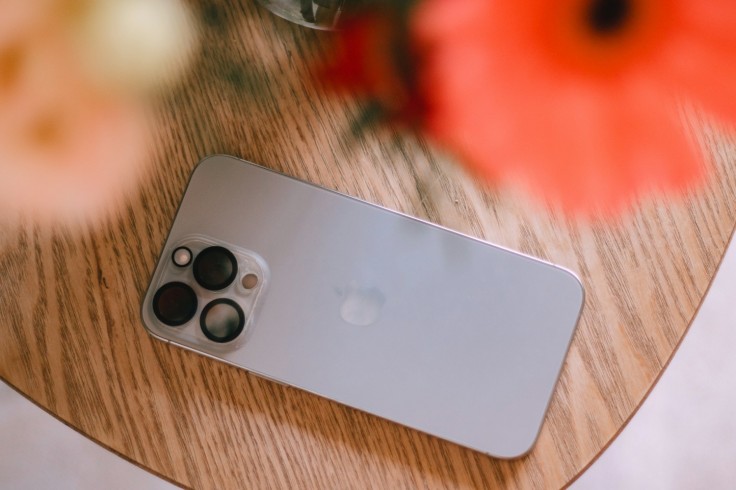The tech world buzzed with excitement in May when rumors surfaced about a new iPhone model that would replace the iPhone Plus. Tech Times reported that Apple might ditch the "Plus" line to make way for iPhone 17 Slim. However, we might hear a new name instead of it.
Enthusiasts were intrigued, especially when whispers suggested this new device, unofficially dubbed the iPhone 17 Air, might be priced higher than the premium Pro Max model. This led many to believe that the iPhone 17 Air would be an ultra-high-spec device with a sleek, thin design.
Design Over Performance: The iPhone 17 Air's Dilemma

However, the excitement was short-lived. Phone Arena finds that the latest speculation quickly gave way to disappointment when a leaked chart on X (formerly Twitter) by leaker Ice Universe detailed the expected specs for the iPhone 17 models, including the iPhone 17 Air. Contrary to early expectations, the specs of the iPhone 17 Air appear underwhelming.
As Gadgets 360 reports, the iPhone 17 Air will feature a 6.65-inch OLED display with ProMotion technology, offering a dynamic refresh rate between 1Hz and 120Hz based on the content displayed. While this is a positive feature, it's worth noting that all four iPhone 17 models are rumored to include ProMotion displays.
Unfortunately, the iPhone 17 Air will be powered by the standard A19 application processor (AP), while the iPhone 17 Pro and Pro Max will boast the more advanced A19 Pro AP.
In terms of memory, the iPhone 17 Air will come with 8GB of RAM, the minimum needed to support Apple Intelligence. In contrast, the Pro models will offer 12GB of RAM, the highest amount ever in an iPhone. There is also speculation that the iPhone 17 Air will have a single rear camera, centrally located on the back panel. Despite these middling specs, the iPhone 17 Air is expected to start at $1,299—$100 more than the iPhone 17 Pro Max.
Apple's Marketing Strategy: The iPhone 17 Air's Position in the Lineup
According to Bloomberg's Mark Gurman, Apple may market the iPhone 17 Air as a more stylish option than the standard iPhone 17, but without the performance, screen size, or camera capabilities of the Pro models. This positioning appears to be questionable, particularly given the iPhone 17 Air's higher price tag compared to the Pro Max.
Power On: What to expect from the iPhone 16, next SE, iPhone 17 and beyond + more on the M4 Mac mini, iOS 18 Photos app and new Apple Watches https://t.co/9J82Jtducy
— Mark Gurman (@markgurman) August 11, 2024
Gurman's analysis suggests that Apple might target consumers who prioritize aesthetics over performance. However, this strategy could backfire if buyers are unwilling to pay more for a device with less power and fewer features than the Pro models.
The iPhone 17 Air and iPhone SE 4: Potential Growth Drivers?
Gurman also predicts that the iPhone SE 4, reportedly based on the iPhone 14, and the iPhone 17 Air will help drive iPhone sales growth in 2025. He believes the iPhone 17 Air could prove more popular than the iPhone mini and iPhone Plus models. However, skepticism remains.
Many consumers, including those familiar with Apple's past strategies, may hesitate to invest in a device marketed more for its looks than its capabilities.
As the rumored Sept. 10 unveiling of the iPhone 16 series approaches, questions linger about the future of the iPhone 17 Air. With pre-orders potentially starting on Sept. 13 and the release date set for Sept. 20, the Cupertino will soon reveal whether the iPhone 17 Air's design can justify its price—despite its seemingly ordinary specs.
Read also: Samsung Issues Critical Security Patch for Galaxy Devices: What Models Will Receive Update?
© Copyright 2026 Mobile & Apps, All rights reserved. Do not reproduce without permission.













